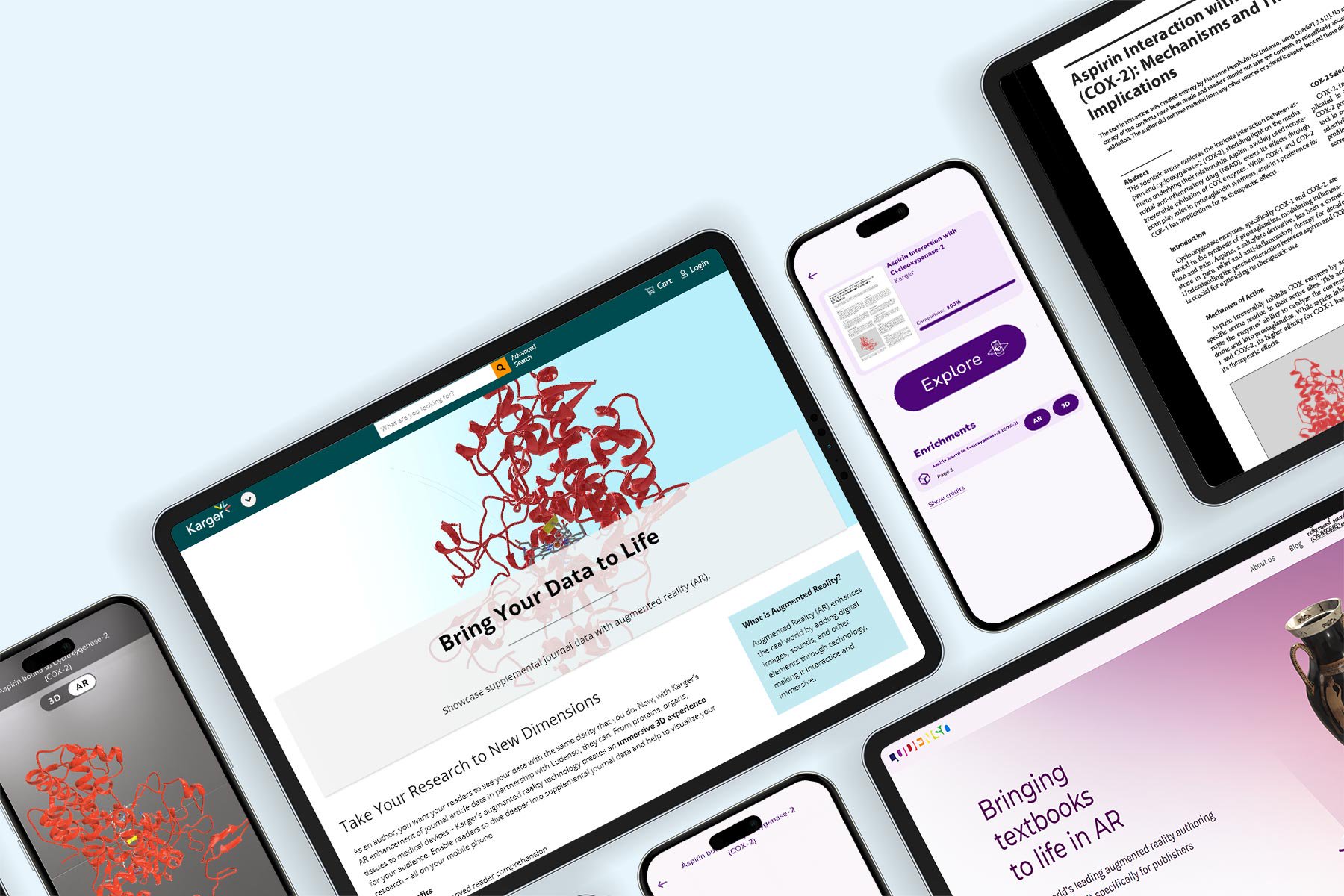Research findings in the health sciences are at the core of improving health globally. Preparing these scientific findings for use in daily practice and making them available to a much broader audience of patients and the public is an important task that we’ve anchored in our strategy.
The Cycle of Knowledge
The “Cycle of Knowledge” is the visualization of the field we work in. It outlines the research area where we’re active in publishing scientific outcomes and services around this vast area of work, but also encompasses the “translational” field where we transfer research knowledge to healthcare professionals, patients and the general public.

Knowledge traveling the Cycle
The Cycle of Knowledge also shows us that knowledge in health sciences can and should pass through different levels of the Cycle: the research level, the clinical level, and the patient level. This could start with research knowledge from a scientific article in a journal being transferred to the practitioner level, e.g. in one of our Kompass titles.
From there, the same knowledge could further be transferred to the patient level, for instance in a blog post of The Waiting Room.
There are, of course, possible variations of the journey of knowledge through the Cycle: it could start as well on the practitioner level or only be transferred between two instead of all three levels.
Transferring Knowledge Across Different Levels of Expertise
One goal of our portfolio strategy is to close the Cycle of Knowledge, meaning not only transferring knowledge through all or some levels of the Cycle but bringing the “far ends” of the Cycle together and starting the Cycle over by transferring knowledge “up” from the patient level to the research level.
Personalized Nutrition and Mascne – Two Examples of Closing the Cycle
Two recent cases serve as nice examples for this closing of the Cycle of Knowledge when research knowledge was transferred to the patient level and made it back to the research or clinical level:
From Research to Patient to Research
In The Waiting Room, we showcased an article from our journal Lifestyle Genomics: What Is Personalized Nutrition. We checked in with the journal’s editor and shared the post with him. He was impressed and thought this was an excellent idea, finding it to be a “fantastic learning resource”, which he promptly posted on his social media channels. To close the circle, the editor found other content in The Waiting Room that he immediately incorporated into his next lecture.
From research to patient and back to (future) researchers — what a nice way to maximize value from our content!
Patient to Clinic
For The Waiting Room, we interviewed Sarah T. Arron on the topic of “Digital Aging and Mascne in the Time of COVID-19”. The post raised interest on the Clinical Resources side at Karger Publishers, which lead to a German translation of the interview that found its way to a large audience of German dermatologists in our journal Kompass Dermatologie 4/2021.
These are just two examples of what else we can do with the research we publish in our journals, and of the interest that a resource for a broad audience could have for clinicians. It is great to see peer-reviewed research content receiving an extra layer of added value by making it accessible to a broader audience, but also opening the door to content for the public as a way to spark discussions among a professional audience.






Comments
Share your opinion with us and leave a comment below!